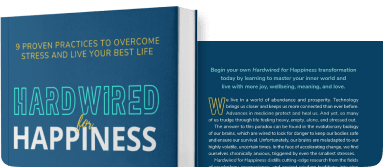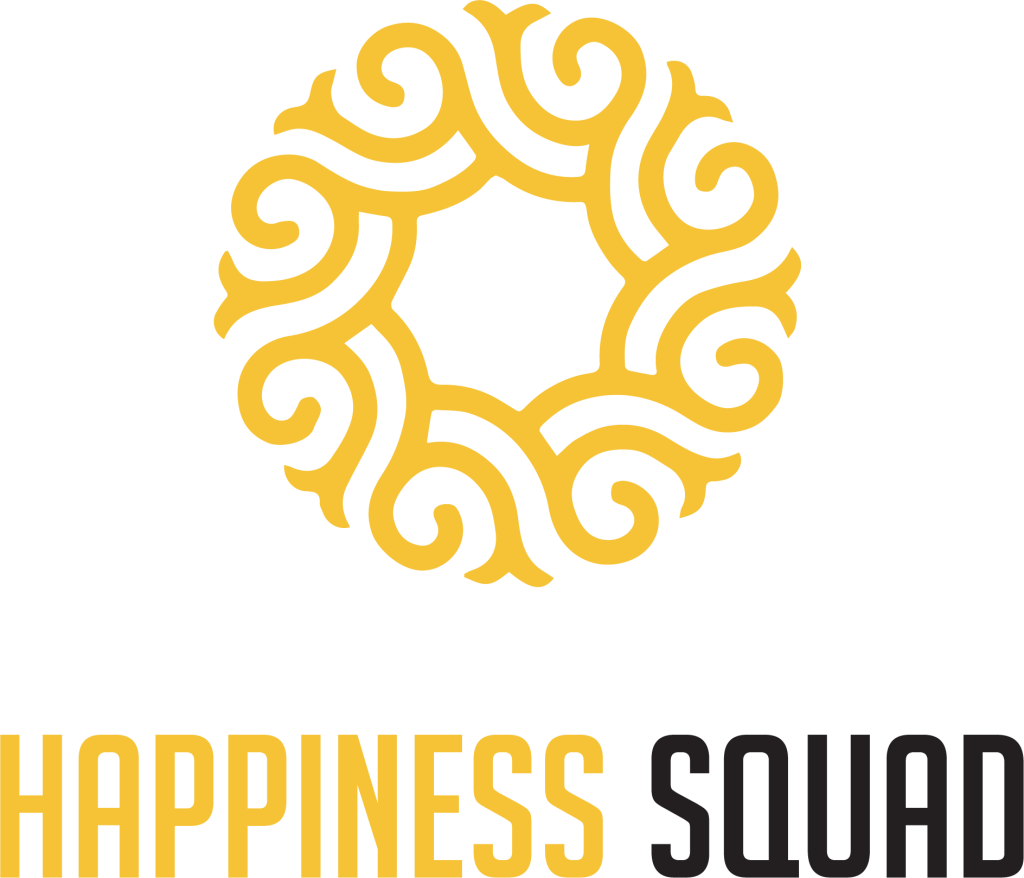Unlocking Human Potential: How Leaders Can Turn Talent into a Productivity Engine

When I think back over my own career, I’ve seen brilliant strategies stall, not because the ideas were bad, but because the human engine of the organization was never tuned to run at full its full potential.
In my recent conversation with Stacey Dietsch, EVP of Talent at Liberty Mutual and former McKinsey Partner, we unpacked a truth every leader needs to hear:
“The organizations that unlock the most potential and productivity are the ones who acknowledge the importance of those leadership roles and invest in that talent to give them the tools they need for the job now, and also show them that there is a path for their own development.” – Stacey Dietsch
This isn’t just about training programs or “employee engagement” initiatives. It’s about fundamentally shifting how we think about talent from a cost to be managed to a strategic asset to be invested in.
Why Unlocking Potential Is a Strategic Imperative
Potential is the most undervalued currency in many organizations. We measure output obsessively, but we rarely measure capacity: the untapped ideas, the discretionary effort, the creative problem-solving that never surfaces because people aren’t empowered, trusted, or developed.

When you unlock potential, three things happen:
1. Innovation accelerates. People see themselves as problem-solvers, not just task executors.
2. Engagement deepens. Employees feel valued and connected to the mission.
3. Performance compounds. The energy of growth and ownership fuels results beyond the sum of individual contributions.
As I shared with Stacey during our conversation:
“Imagine an organization where you find meaning in what you do, where you’re energized to show up on Monday, where you’re learning and growing every week, where deep trust connects you with your colleagues, and where you’re not drowning in a game of meeting bingo all day long. That’s the kind of environment where potential truly comes alive.” – Ashish Kothari
Yet, potential often dies in the middle of the organization. Middle managers, those who directly shape the day-to-day experience of employees, are frequently overburdened, underdeveloped, and caught between conflicting demands.
The Critical Role of Middle Leaders
Stacey said:
“All the research on why people join and why they leave an organization is centered around the experience they have with a leader.”
That experience isn’t just shaped by the C-suite, it’s defined daily by the managers who oversee teams, resolve conflicts, coach performance, and communicate priorities. Ignore them, and you risk building a great strategy on shaky ground.
From our conversation, three insights stood out:
· Middle leaders are the bridge between vision and execution. Without them, strategies don’t translate into action.
· They are underinvested in, while senior leaders and “high potentials” often get the bulk of development resources, the managers responsible for most employee experiences are left to figure it out alone.
· They’re burning out. Sandwiched between pressure from above and demands from below, many disengage as a survival mechanism.
As I told Stacey:
“Brilliant strategies, smart people at the top, excited new hires at the bottom, but if the middle layer doesn’t have the tools, the support, and the trust, nothing happens.”
If you want to unlock the best in your people, you start here.
How to Unlock Potential and Productivity
From our discussion, several actionable strategies emerged. Here’s how leaders can translate this into practice:

1. Equip Leaders for Today’s Challenges
Too often, leadership development is designed for a hypothetical future role, not the reality leaders are facing right now.
Equip them with:
· Practical tools for coaching and feedback.
· Skills to navigate hybrid work dynamics.
· The ability to reduce bureaucracy so teams can focus on impact, not just reporting.
As Stacey said:
“People can be at their cognitive best because they are trusted to do the work.”
That trust is built when leaders have the competence and confidence to give teams autonomy and remove unnecessary friction.
2. Show Leaders Their Own Growth Path
People give more when they see a future for themselves.
Make career pathways visible, attainable, and linked to skill-building.
A skills-based approach, less about credentials and more about demonstrated capabilities, broadens your talent pipeline and makes advancement equitable. As Stacey shared, Liberty Mutual has been moving toward this model:
· Screening for skills, not just degrees.
· Using assessments to demonstrate capability.
· Linking development plans directly to future roles.
I told Stacey this is one of the most exciting shifts I’ve seen in talent strategy:
“When leaders see their own growth path clearly, they don’t just work harder, they work smarter, and they invest more deeply in the growth of their teams.”
3. Make Development Everyone’s Job
One of my favorite parts of our conversation was Stacey’s view on succession planning:
“Everybody’s job is to develop themselves and others.”
Push succession planning deep into the organization:
· First-time managers should be preparing their successors.
· Peer coaching should be a norm, not a bonus.
· Leadership development should be democratized, not reserved for a select few.
When development becomes everyone’s responsibility, potential is no longer dependent on formal programs, it becomes part of the organizational DNA.
The Win-Win Mindset
This conversation reinforced something I deeply believe flourishing cultures aren’t just good for people, they’re rocket fuel for performance.
As Stacey put it:
“It’s a win-win if we can really unleash the potential of our people.”
And here’s the beautiful thing: when leaders focus on equipping, growing, and empowering their people, they also create an environment where they themselves can lead at their best.
Learn more about Stacey on Linkedin.
Listen to the podcast with Ashish and Stacey below. You can also listen on Apple Podcasts.
Access and subscribe to all of the episodes of the Flourishing Edge Podcast here.
Make Flourishing Your Competitive Edge.


